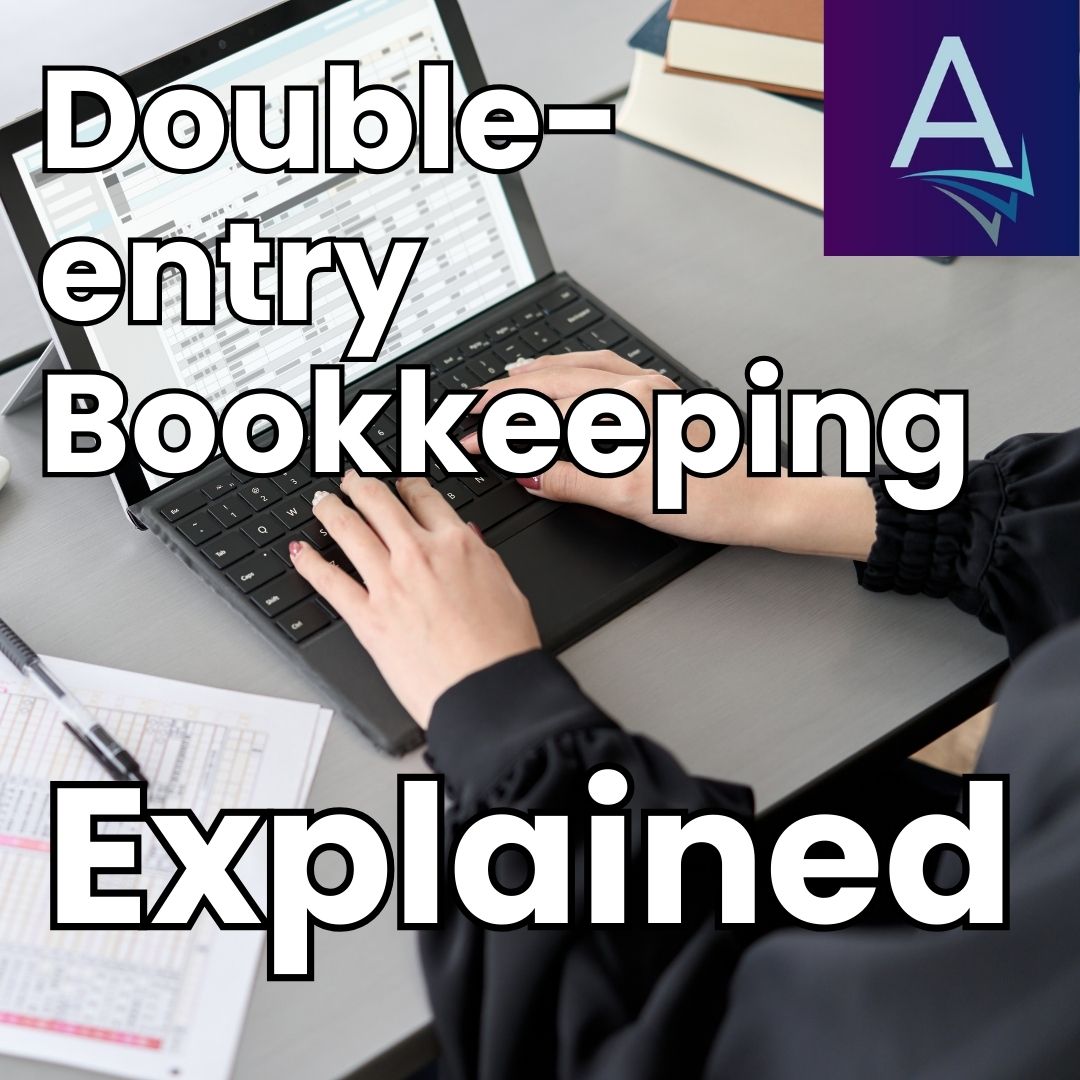It seems complicated at first, but you can have double-entry bookkeeping explained in a way that is very simple. This is the best way I can think of it right now:
Imagine two sets of elevators on a balanced scale. On the left set (of two) only the left one will go up when weight is added to it. On the right set (of two), the right one will go up when weight is added to it.
The scale must always balance. The following four diagrams will show how different kinds of transactions are to be credited or debited.
As an aside: Don’t let the terms credit or debit fool you. They are reversed in accounting. If in your personal life your account has been credited $100, you’d be pretty happy because you got a hundred bucks. But from the bank’s perspective, they are now liable to pay out that $100 whenever you ask for it. They called it a credit and it benefitted you, but they used an accounting term that means something different to them. Since most of us lived personal lives much longer than we did any bookkeeping, culturally customers just come to use the same vocabulary but assign a different meaning to it.
Now, however, you are the business, not the customer.
The Balanced ALoE = LiEGR Elevator Model
In diagram one, you see that an increase in ALoE, or (Assets, Losses, or Expenses) will cause a DEBIT.

If a similar transaction of the same size is needed to balance out the scale (or seesaw), it would need to sit the same distance away from the middle. For example, I borrow $1000, so on one far side I have $1000 in cash as an Asset, but now I must have $1000 listed as a Liability). We increase the other side of the scale through credits. Think of the Tiger / Lion hybrid: the Liger (LiEGR). LiEGR stands for Liabilities, Equity, Gains, and Revenue.

In Diagram 3, we lower the ALoE (Assets, Losses, and Expenses) by CREDITING them. This means, to balance the scale, we need to lower something in the LiEGR side by DEBITING it (Diagram 4).

By the way, many competent bookkeepers don’t understand this, nor can explain it. And it’s one of those things that even for me, the more I think about it, the more I get confused by it. Hopefully this helps though, but don’t see it as a prerequisite to hiring a bookkeeper. Unless you’re Amish and prefer your bookkeeping with books and candle light. Or unless you’re doing journal entries, which should be done rarely, since bookkeeping software does most of this automatically.
Double-Entry Bookkeeping (Finally) Explained

To have me do your bookkeeping automatically, saving you over 80 hours a year of having to do it all yourself, call me for a free strategy call. To see other bookkeeping tutorials, check out the blog category I made for that purpose.


Leave a Reply